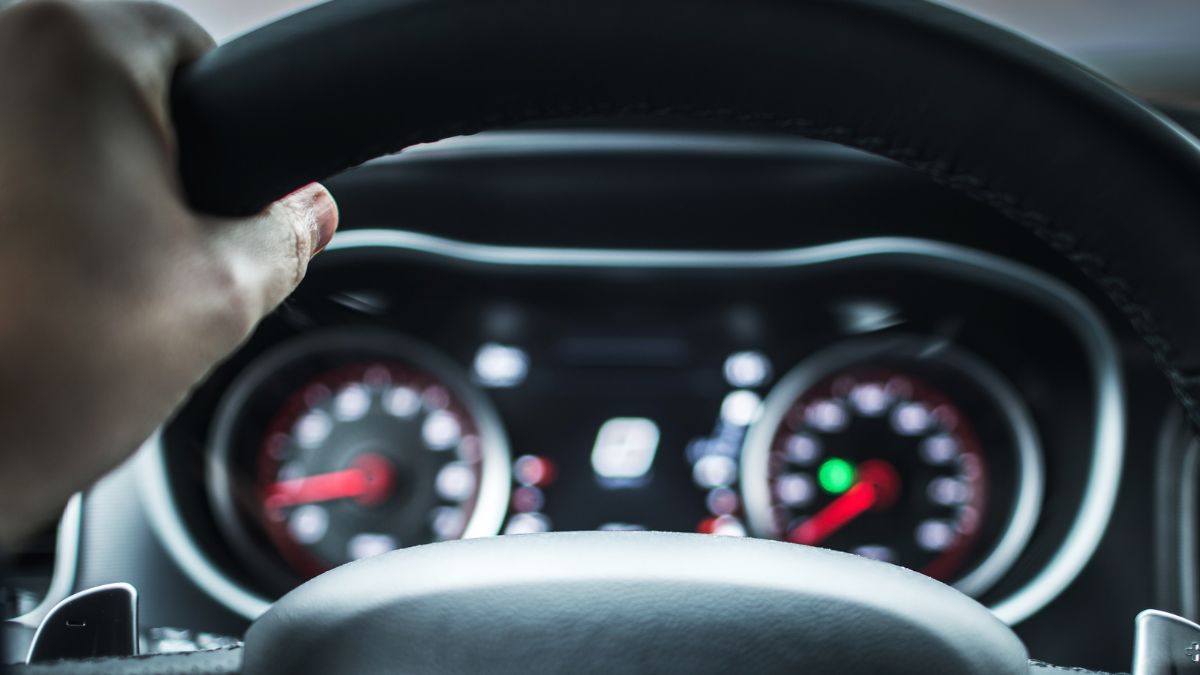Automotive
Understanding Your Dashboard Lights: What They Mean and When to Worry

Your vehicle’s dashboard lights are its way of communicating essential information, from minor alerts to serious warnings. As a young adult, understanding these signals can help prevent costly repairs, improve safety, and keep your car running smoothly. In this guide, we’ll break down common dashboard lights, what they mean, and when it’s time to take action.
1. Check Engine Light
The check engine light is one of the most common, yet misunderstood, dashboard lights. It typically looks like a small engine outline, sometimes with the word “CHECK” below or inside it. When this light comes on, it could indicate a variety of issues, from a loose gas cap to a more serious engine problem.
What to Do:
- If the light is steady, check the gas cap first, as a loose cap can trigger the light.
- If the light is flashing, it could mean a more serious issue that requires immediate attention to prevent engine damage. In this case, reduce your speed and get the car checked as soon as possible.
2. Oil Pressure Light
This light, which looks like an oil can, indicates a drop in oil pressure. Oil is essential for lubricating your engine, so any disruption in oil flow can lead to major engine damage.
What to Do:
- Pull over immediately and turn off the engine to prevent further damage.
- Check your oil level if you know how or contact roadside assistance if you’re unsure.
- If your oil level is low, adding more might resolve the issue, but you should still have the car checked to avoid long-term problems.
3. Battery Warning Light
A battery warning light (usually in the shape of a battery) indicates an issue with your car’s electrical charging system. It might mean the battery isn’t charging correctly, or there’s a problem with the alternator.
What to Do:
- Turn off any unnecessary electrical accessories (like the radio or AC) to reduce strain on the battery.
- Try to drive to the nearest mechanic or auto shop, as the car might lose power and eventually stall if not fixed.
4. Tire Pressure Monitoring Light
Represented by an exclamation point within a flat tire symbol, this light tells you that your tire pressure is too low or too high. Proper tire pressure is vital for safe handling and fuel efficiency.
What to Do:
- Pull over to check your tire pressure, if possible, using a gauge or at a nearby gas station.
- Inflate or deflate your tires to the recommended PSI level, which can usually be found on a sticker inside the driver’s door.
- If the light stays on after adjusting the pressure, have it inspected, as it may be a sensor issue.
5. Brake System Warning Light
The brake warning light (often an exclamation point within a circle or the word “BRAKE”) could signal various issues, from a low brake fluid level to problems with the brake system itself.
What to Do:
- First, check if your parking brake is engaged; releasing it might turn off the light.
- If the light remains on, especially when braking feels weak, pull over and seek professional help immediately, as brake problems can be life-threatening.
6. Coolant Temperature Warning Light
This light, usually depicted as a thermometer in liquid, indicates that your engine is overheating.
What to Do:
- Pull over and turn off the engine immediately to avoid severe engine damage.
- Let the engine cool for a few minutes, then check your coolant level if you’re familiar with this process.
- Adding coolant might help, but it’s best to have a mechanic inspect the cooling system as overheating can quickly lead to engine failure.
7. ABS (Anti-lock Braking System) Light
The ABS light comes on when there’s an issue with the anti-lock braking system, which helps prevent wheel lock-up during emergency braking.
What to Do:
- Your brakes will still work, but the anti-lock feature may not function correctly.
- Schedule an inspection soon, especially if you frequently drive in wet or icy conditions where ABS is crucial for safe braking.
8. Airbag Warning Light
This light often looks like a person with a deployed airbag. When it lights up, it signals an issue with the airbag system, which may not deploy in an accident if left unaddressed.
What to Do:
- Avoid driving with an unresolved airbag warning. Visit a mechanic as soon as possible to ensure your airbags will work properly if needed.
9. Traction Control Light
The traction control light, usually a car with squiggly lines beneath it, means the traction control system is actively working to prevent wheel spin or that there’s an issue with the system.
What to Do:
- If the light flashes while you’re driving, it’s just letting you know that traction control is engaged.
- If the light stays on, there may be a problem with the system. Although this isn’t urgent, it’s wise to have it inspected, especially if you drive in slippery conditions.
10. Seat Belt Warning Light
The seat belt light is a reminder to buckle up, and it usually stops flashing once all passengers have fastened their belts.
What to Do:
- Buckle your seatbelt for safety and legal reasons.
- If the light remains on even after fastening your seatbelt, it could indicate a malfunction that might require professional attention.
Final Tips for Dashboard Lights
While it’s easy to dismiss some of these lights, they’re essential for keeping you safe and preventing costly repairs. Here are a few additional tips to keep in mind:
- Don’t Ignore Warning Lights: If a light stays on or flashes, take it seriously.
- Keep a Dashboard Light Guide Handy: Many manuals include explanations for dashboard lights, or you can keep a quick reference card in your glovebox.
- Regular Maintenance Checks: Preventative maintenance can help reduce the likelihood of unexpected dashboard alerts.
By understanding your dashboard lights, you’re better equipped to handle minor issues yourself and know when to seek professional help, keeping you and your car safe on the road.















